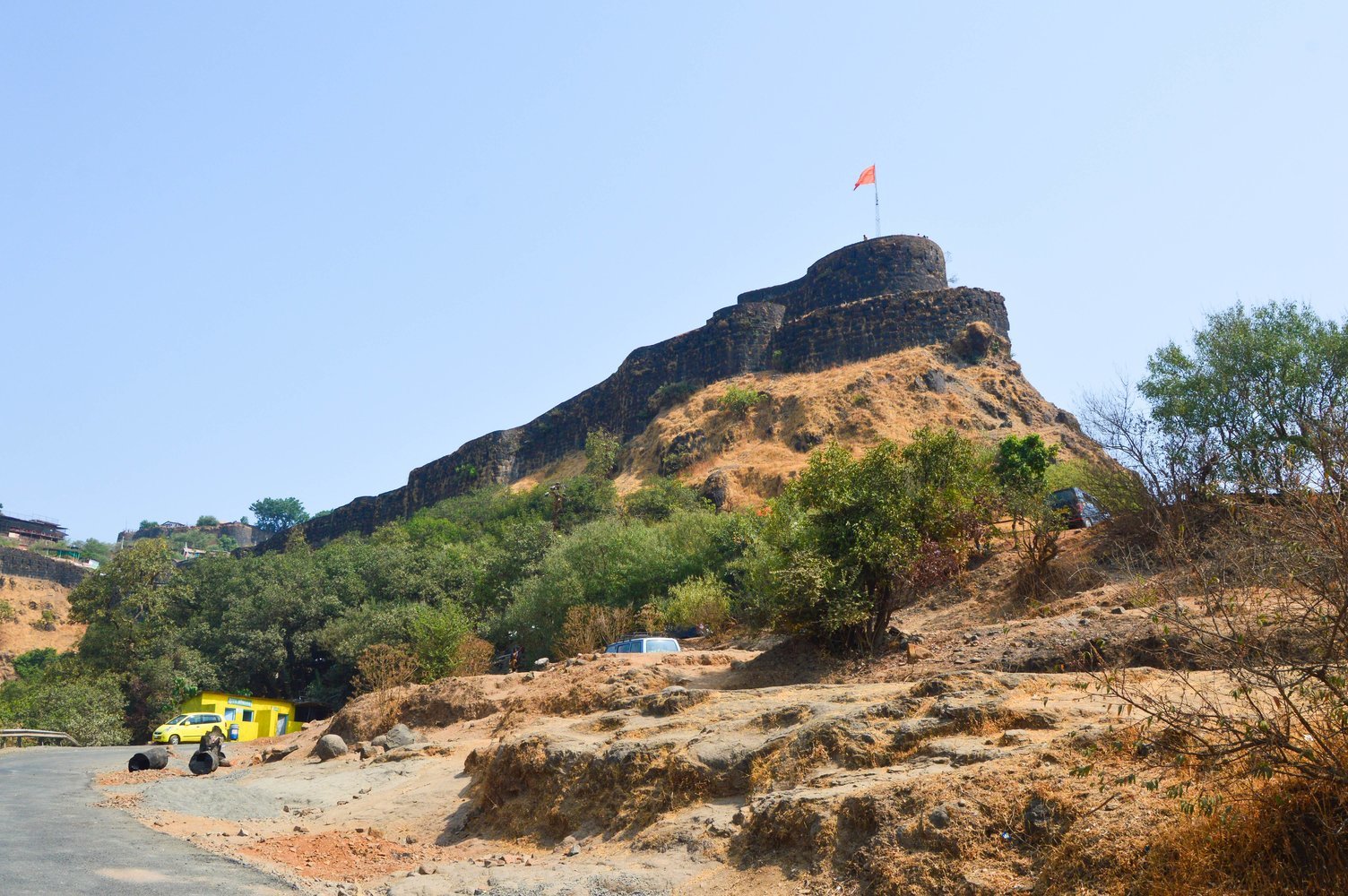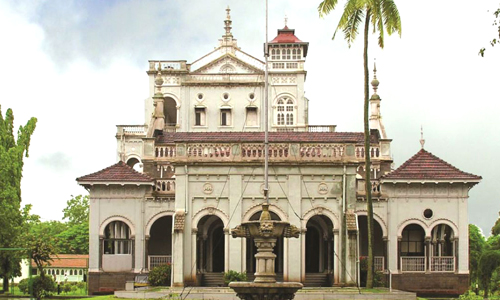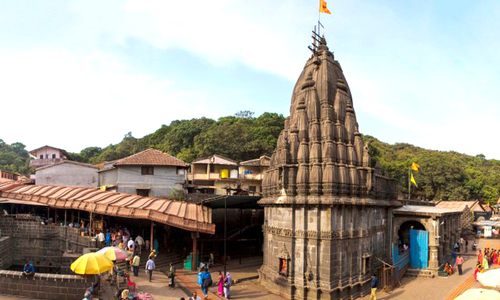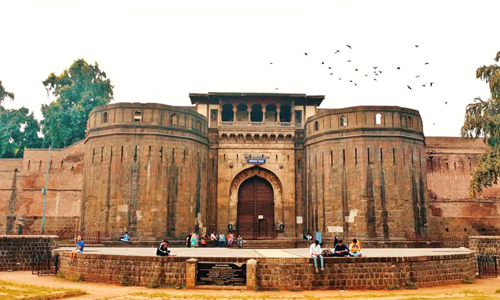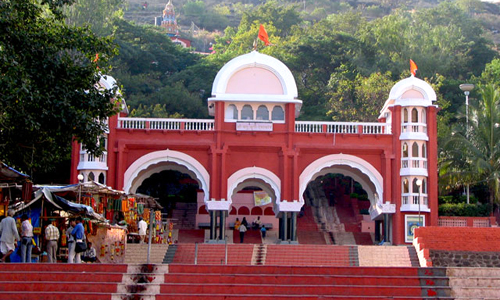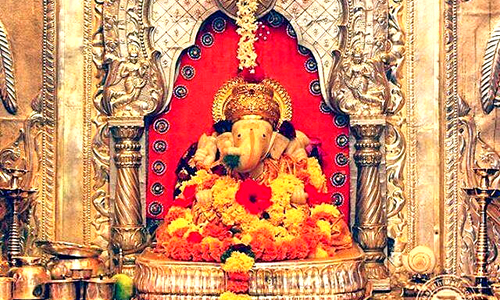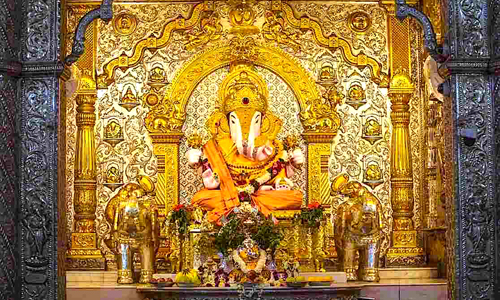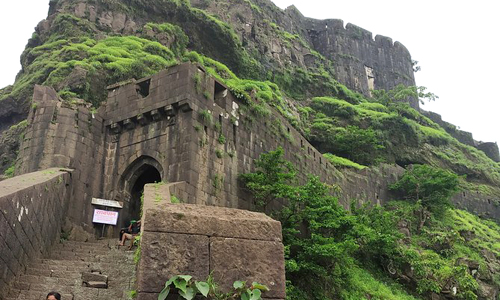There is a memorial to the brave sons of the Motherland in Pune called the National War Memorial & Museum. They gave their lives in service to her. One of the meaningful places to visit in Pune honours fallen soldiers and highlights their crucial role in post-independence wars.
An important part of the building is used to teach about the Kargil War. It took 17 years to build this museum. People in Pune raised money through a war memorial fund and used it to build the structure. Visiting the museum will make you feel patriotic and remind you to appreciate your freedom.
Is the National War Memorial & Museum free?
The National War Museum in Pune is often referred to by other names. A lot of people also call it the National War Memorial Southern Command or the Southern Command Museum. It lets everyone in for free. There are a number of reliable sources that say there is no fee to get in. From 9:00 AM to 5:30 PM most days, people can visit the galleries, tanks, planes, and memorials for free.
Tribute to Soldiers
The National War Museum in Pune serves as a powerful tribute to the bravery and sacrifices made by Indian soldiers. It is in the Southern Command area and is a tribute to those who died in wars after India gained independence.
Visitors can see many military vehicles and artillery on display. Exhibits also include the MiG-23BN fighter jet used in the Kargil War and a model of the INS Trishul. The peaceful surroundings of the museum create a calm and thoughtful atmosphere for visitors. Its patriotic exhibits gently remind everyone of the courage and sacrifice that protect the nation even today.
National War Memorial & Museum Exhibits
The museum is all about the Southern Command Wing of the Indian Army's past and their contributions over the years. The museum shares the rich history of the Southern Command and its journey over the years. It also highlights the key battles they’ve fought and the honors they’ve earned along the way.
It also provides information about the base shifts. Visitors also get to know about the stories of the generals and other important soldiers. It's a must-visit spot often included in Pune tour packages for those interested in military history and patriotic experiences.
The museum gives significant attention to the Indo-China War and the Bangladesh War of 1971, highlighting both conflicts in detail. The museum also has a lot of different things that the Southern Command used over the years, like uniforms, ammunition, cars, tanks, and guns.
The National War Memorial & Museum in Pune stands as a tribute to the brave sons of the Motherland. These heroes gave their lives in service to the nation. The memorial honors their courage and dedication.
The museum also has a movie theatre, an ammunition room, and a paintball area where people can practice their aim and shooting. There is a hallway with important Indian Army flags on display. The names of people who died in different wars are written on the walls of the museum.
Timings and Best Time to Visit
The National War Museum in Pune is open every day from 9:00 AM to 5:30 PM. anyone who wants to learn about India's military history can do so for free. To have enough time to look around the exhibits at a leisurely pace, it's best to get there earlier in the day.
The best time to go is between March and July, when the weather is cooler and nicer. A quieter, more thoughtful experience is best in the mornings or late afternoons.
Tips for First-Time Visitors
• Plan Ahead: Get there early in the day to avoid crowds and give yourself plenty of time to look at each exhibit at your pace.
• Respect the Space: This is a memorial, so please keep your voice down and be respectful while you're there.
• Photography: You can take pictures almost anywhere, but check for signs or areas where it's not allowed first.
• Wear Comfortable Shoes: You'll be walking around open spaces and exhibit halls, so comfortable shoes will make the experience better.
• Stay hydrated by bringing a water bottle with you, especially in the summer when there isn't much shade outside.
• Bring Curiosity: Take your time to read the stories behind each display; they add depth to the museum's quiet tribute.


